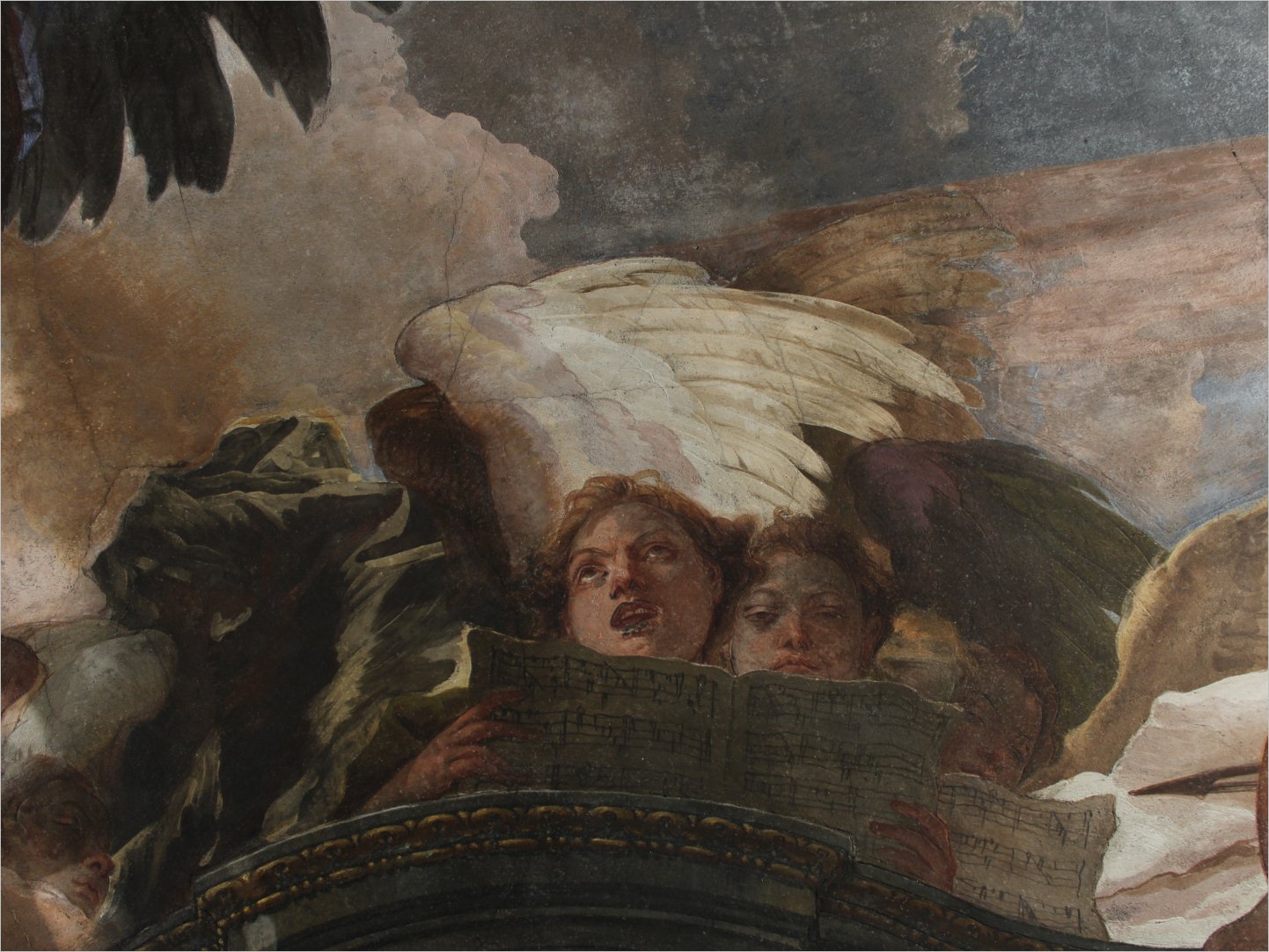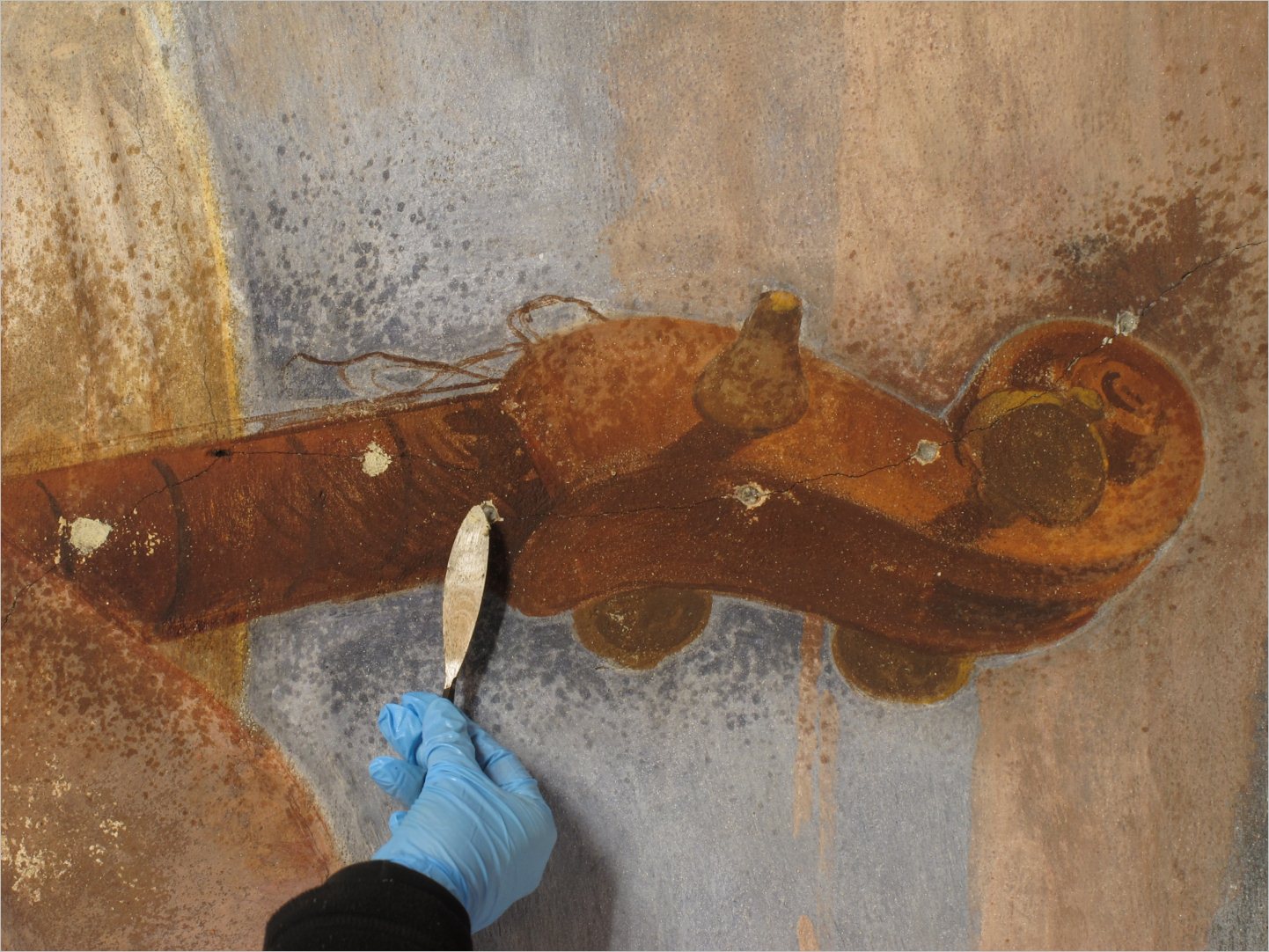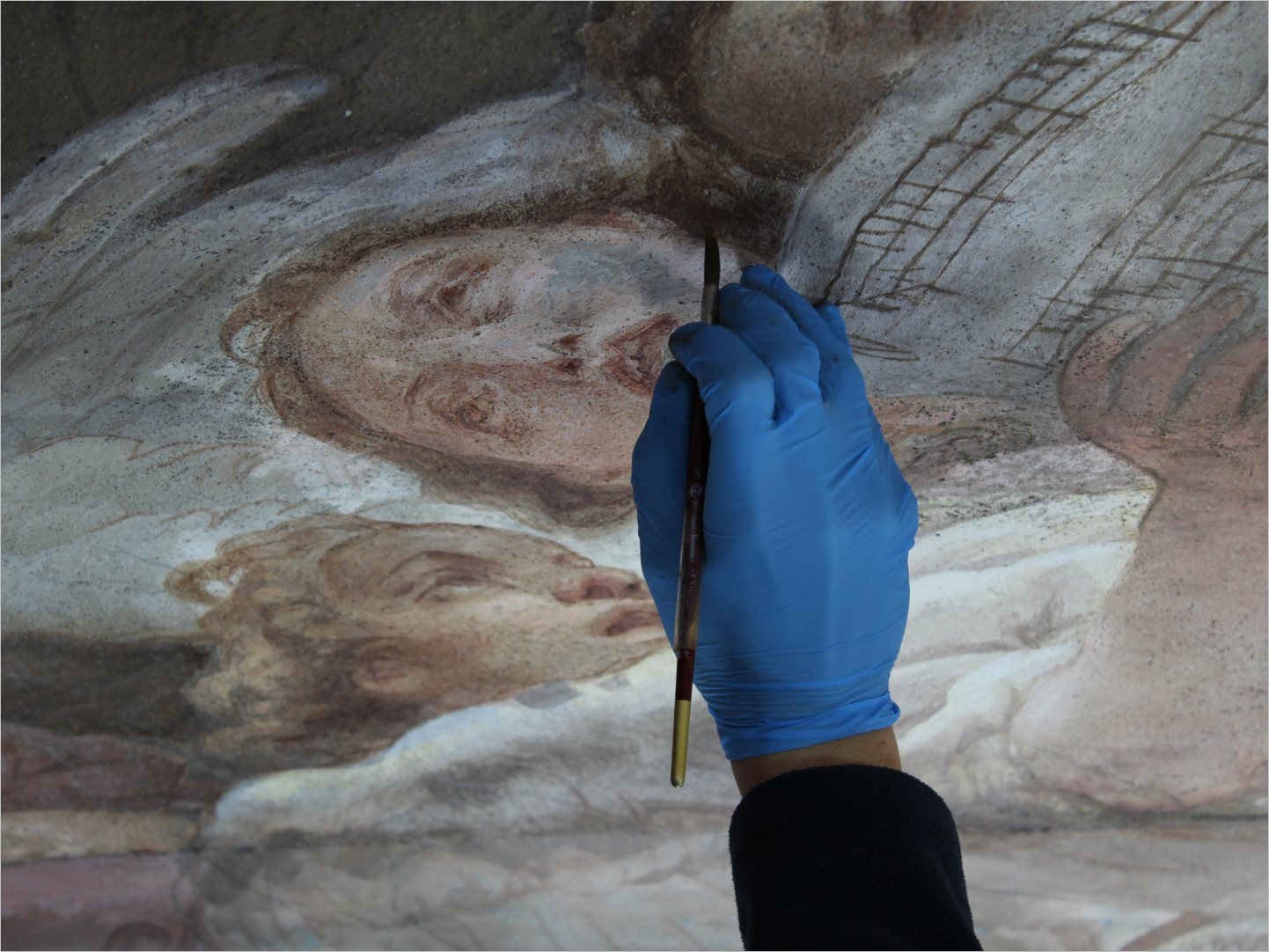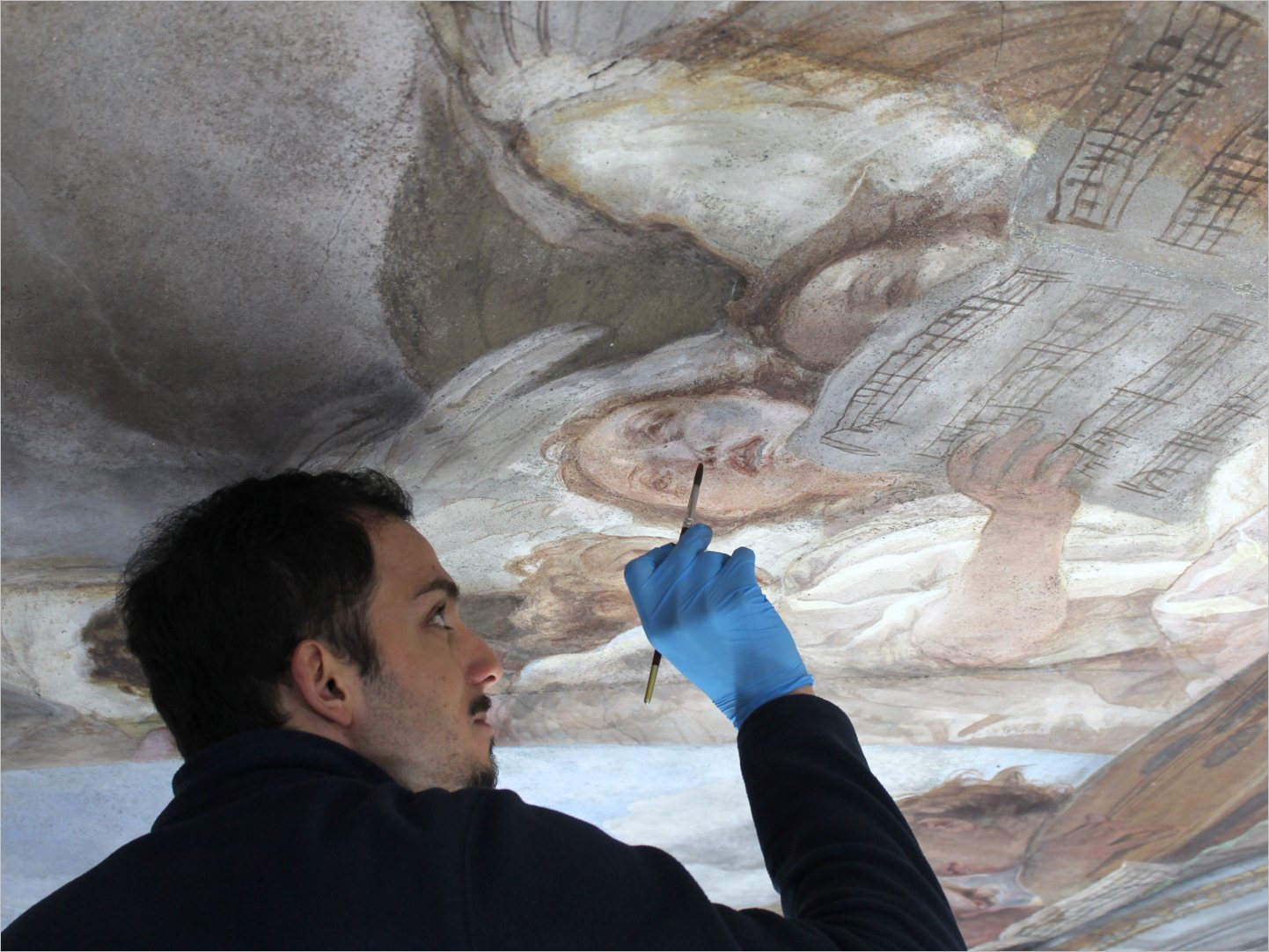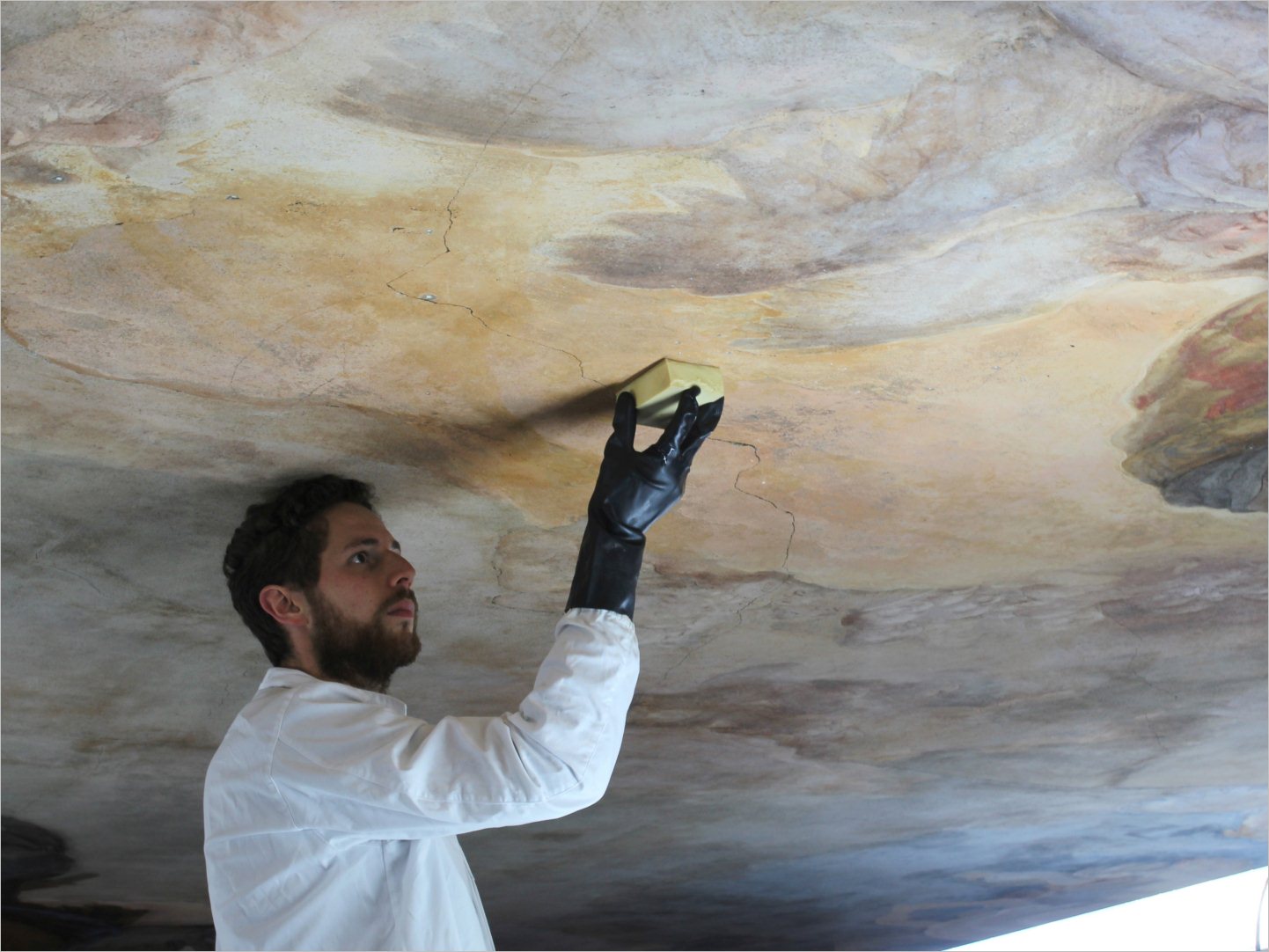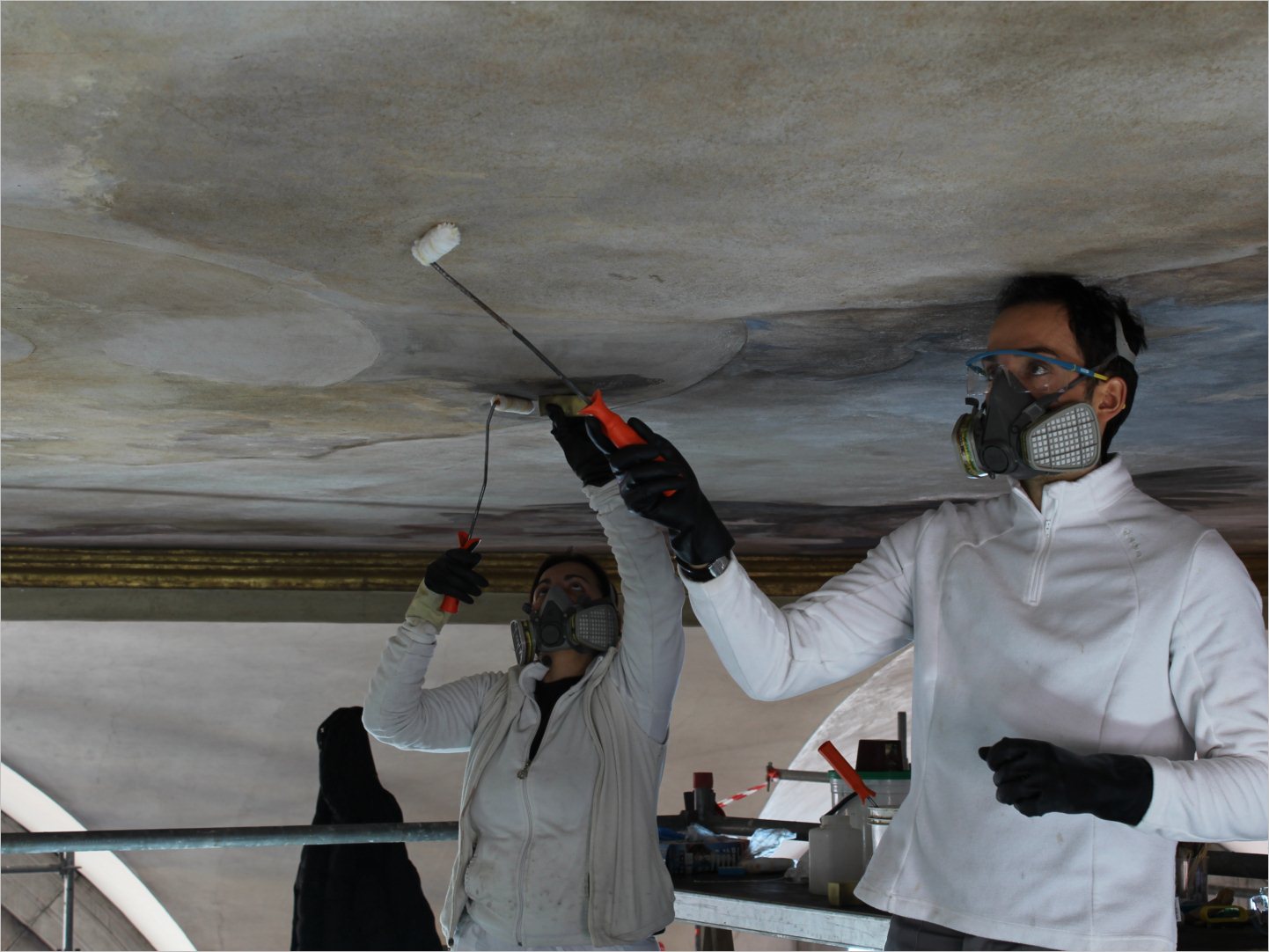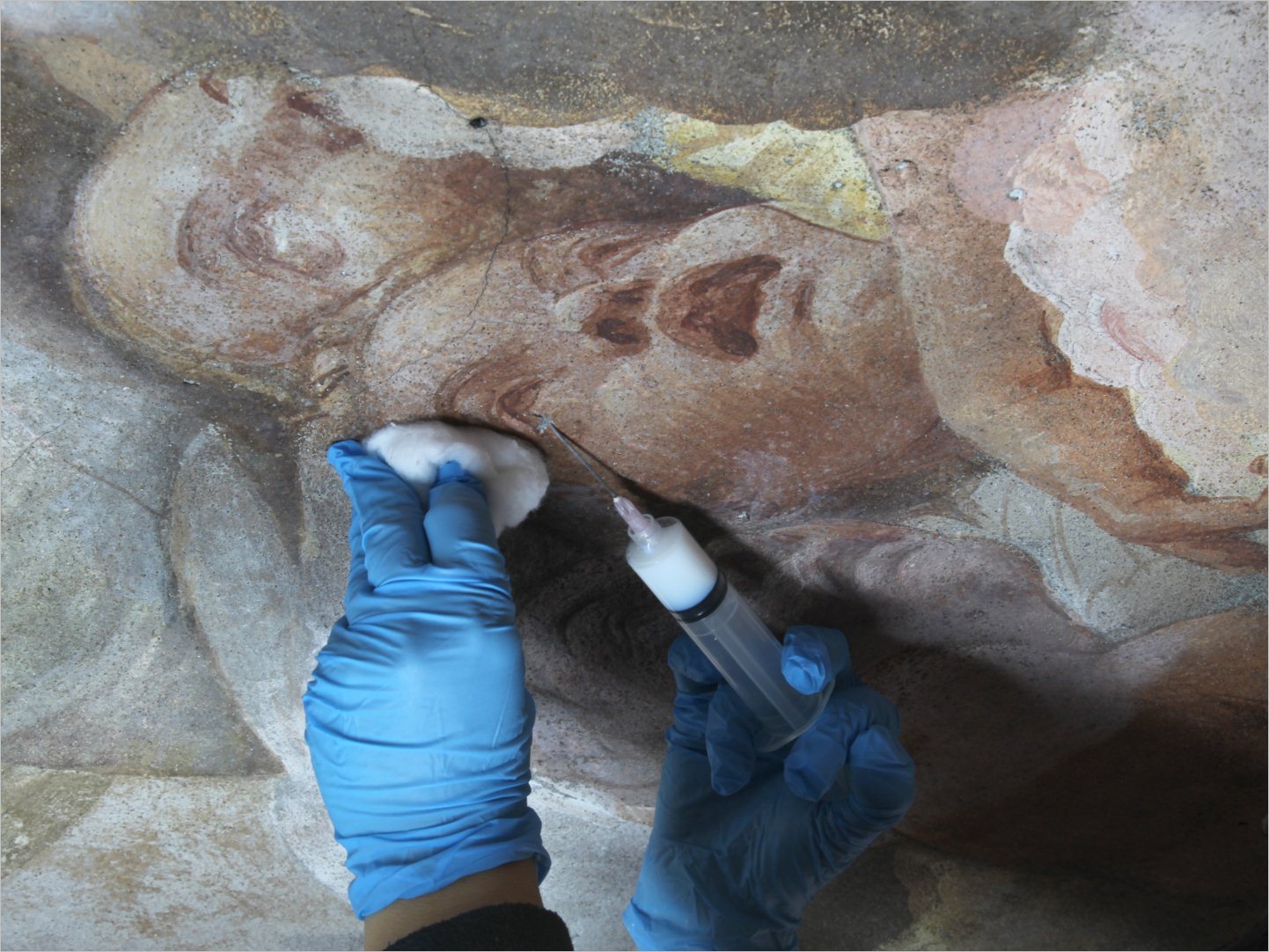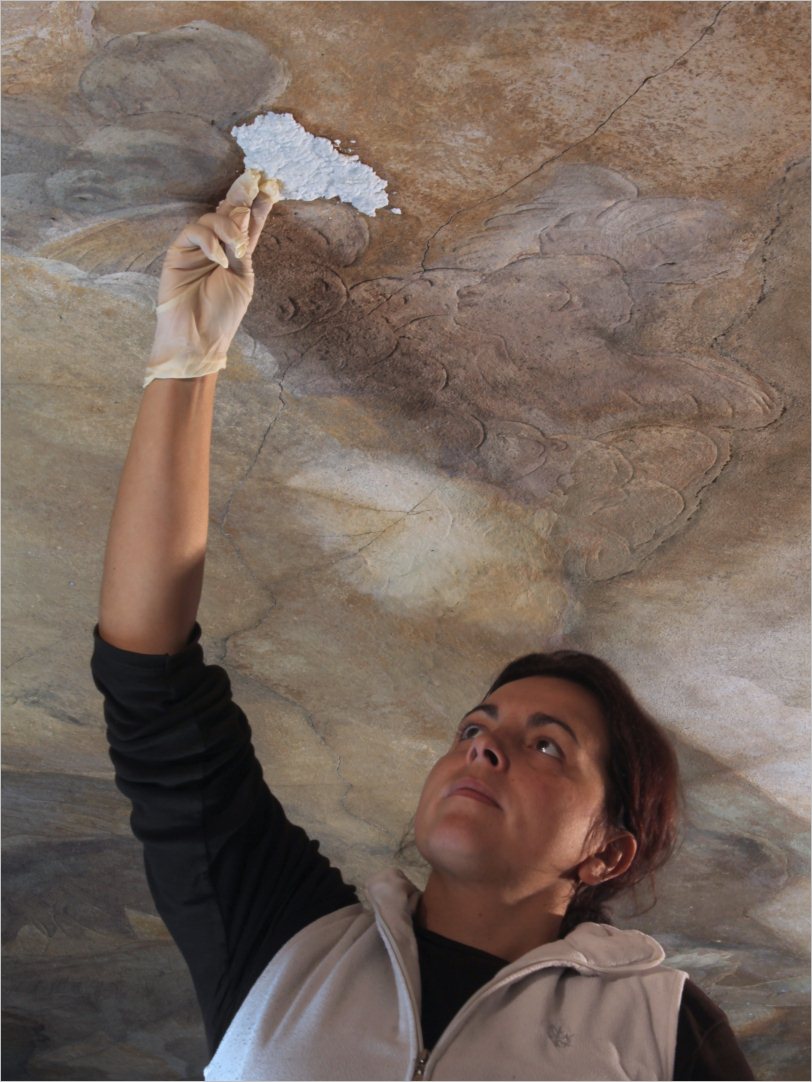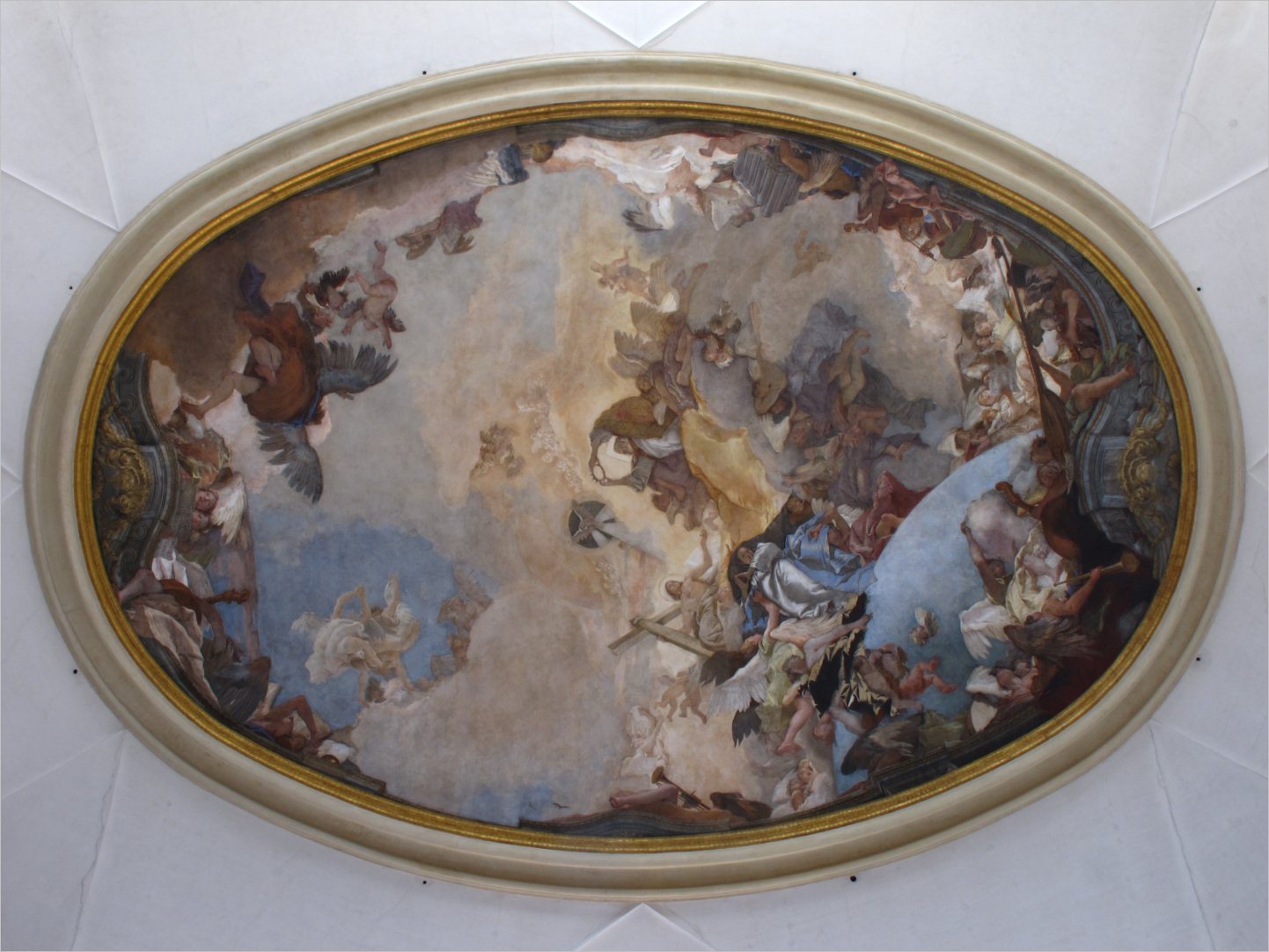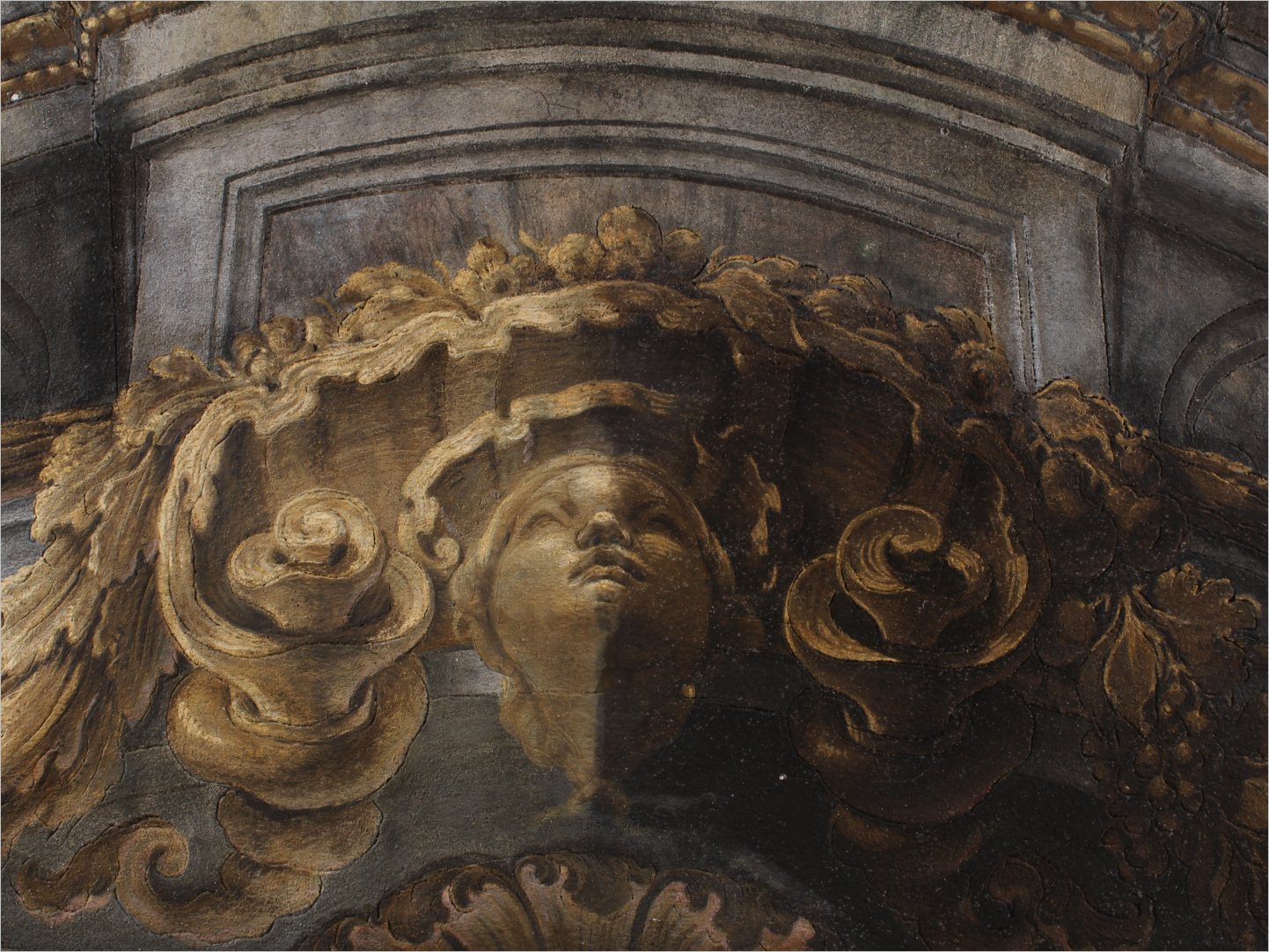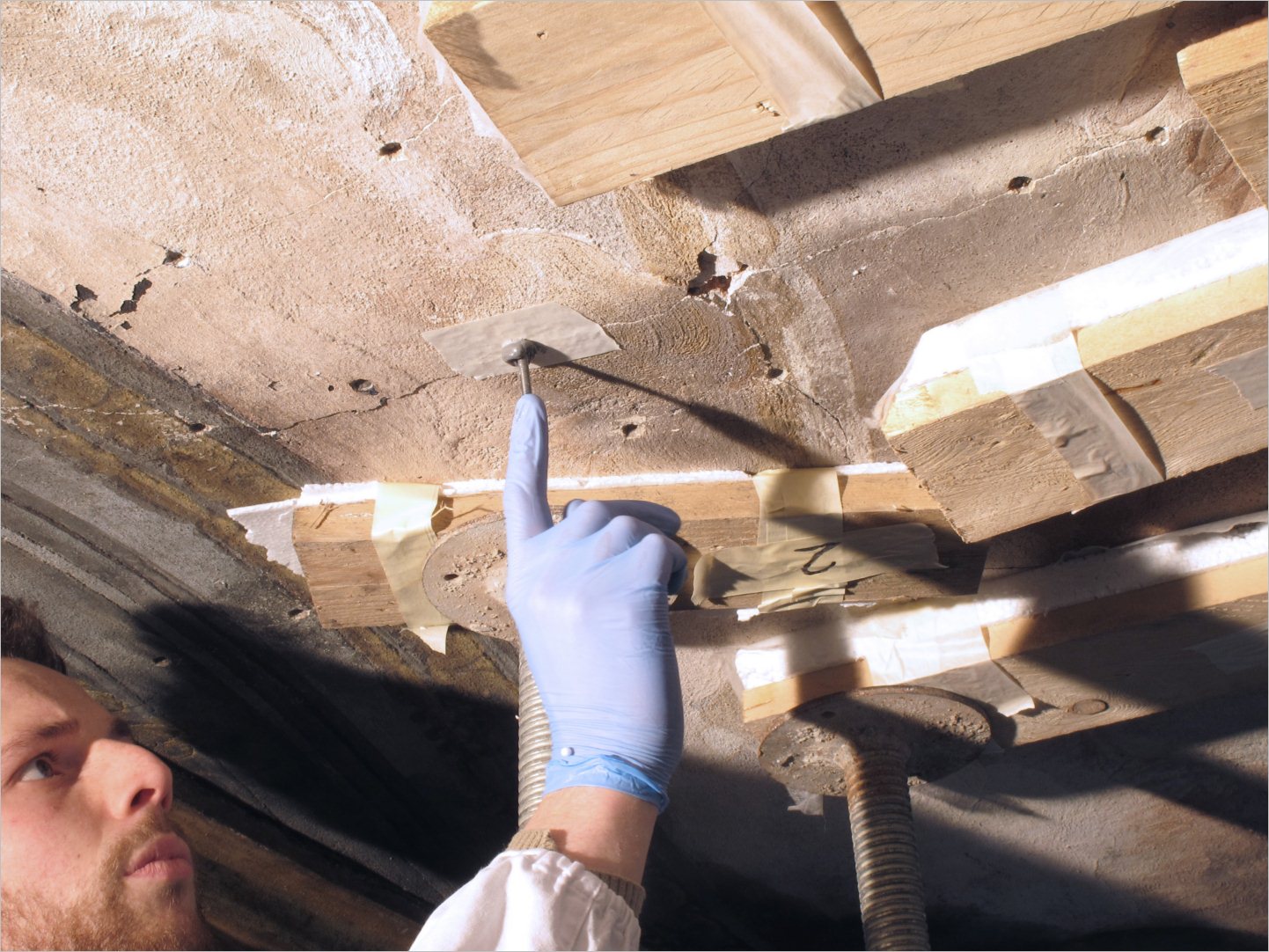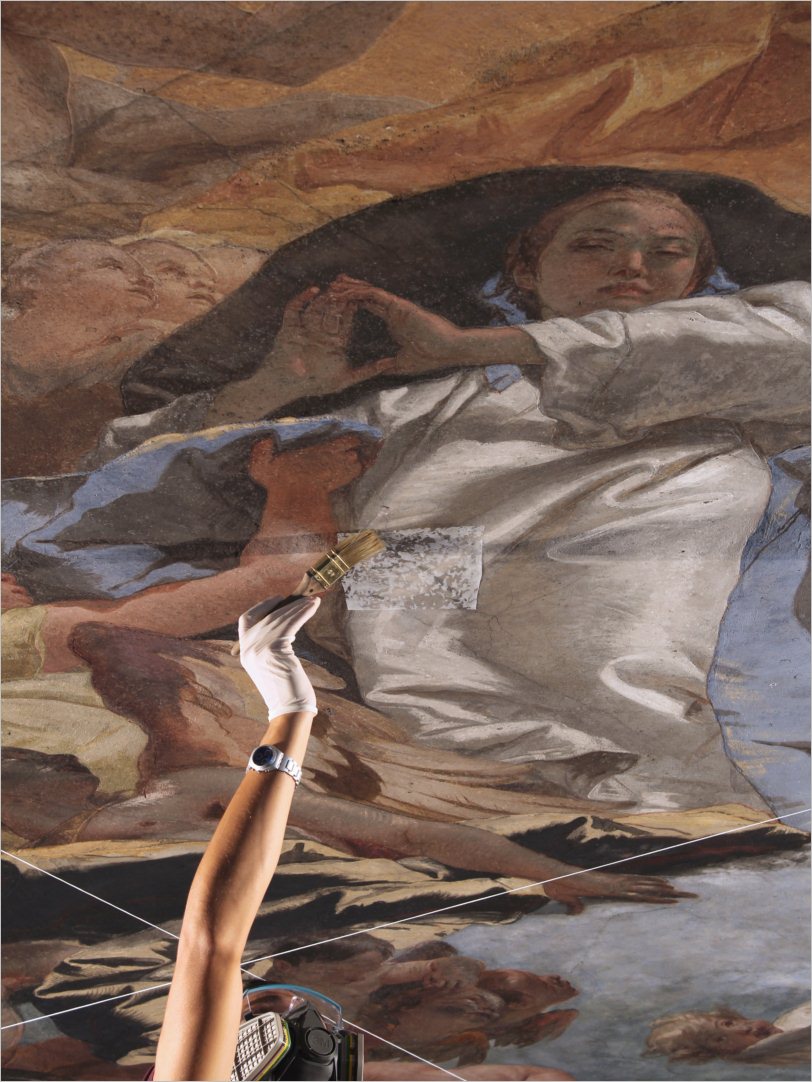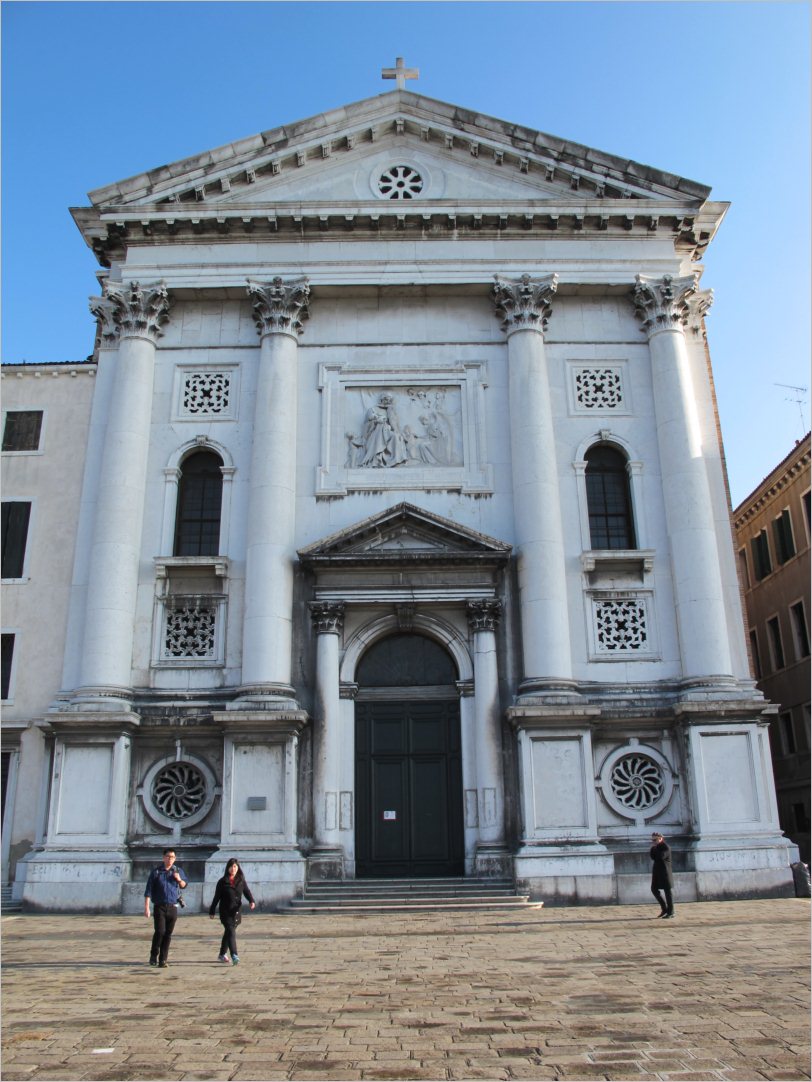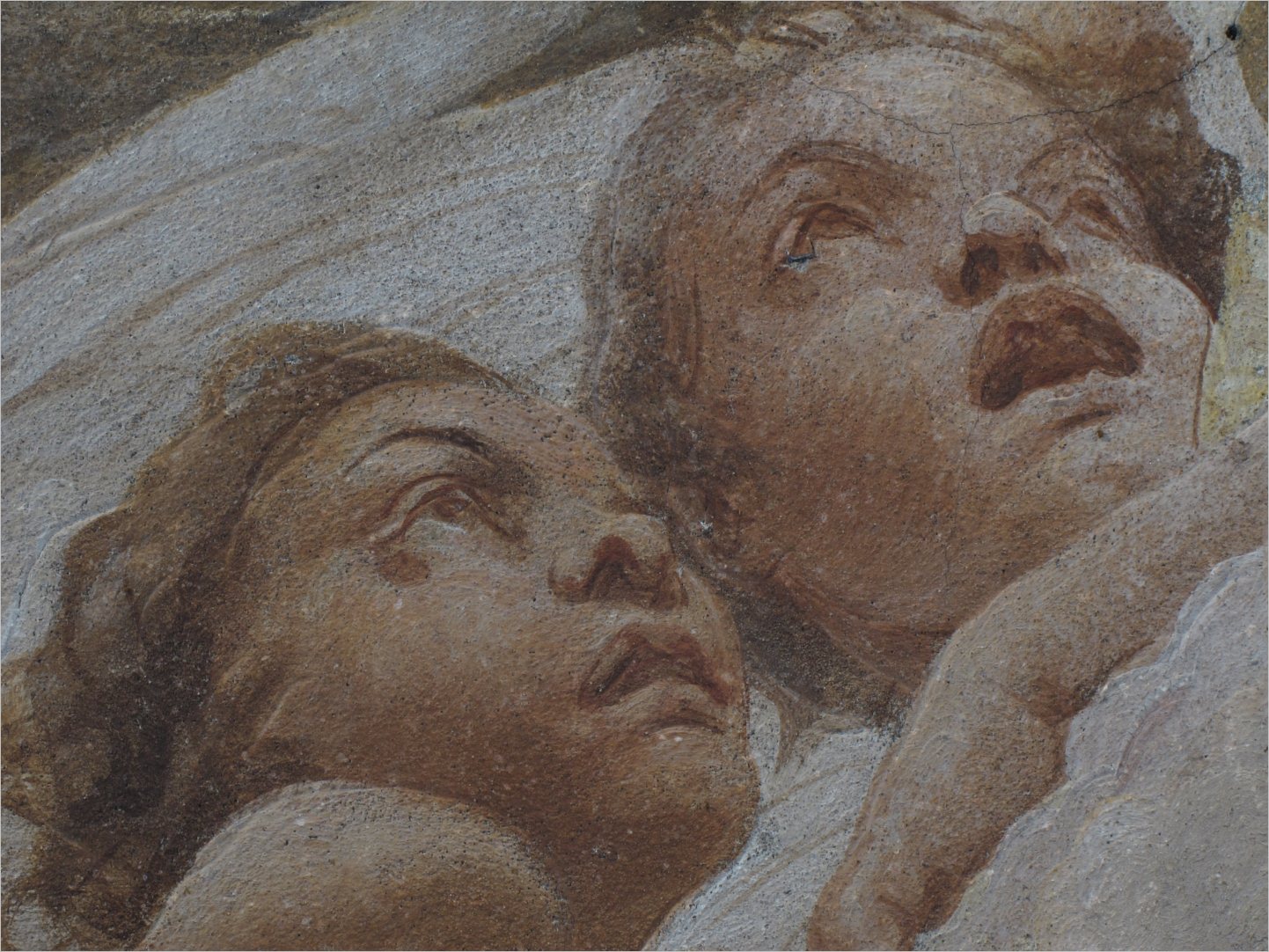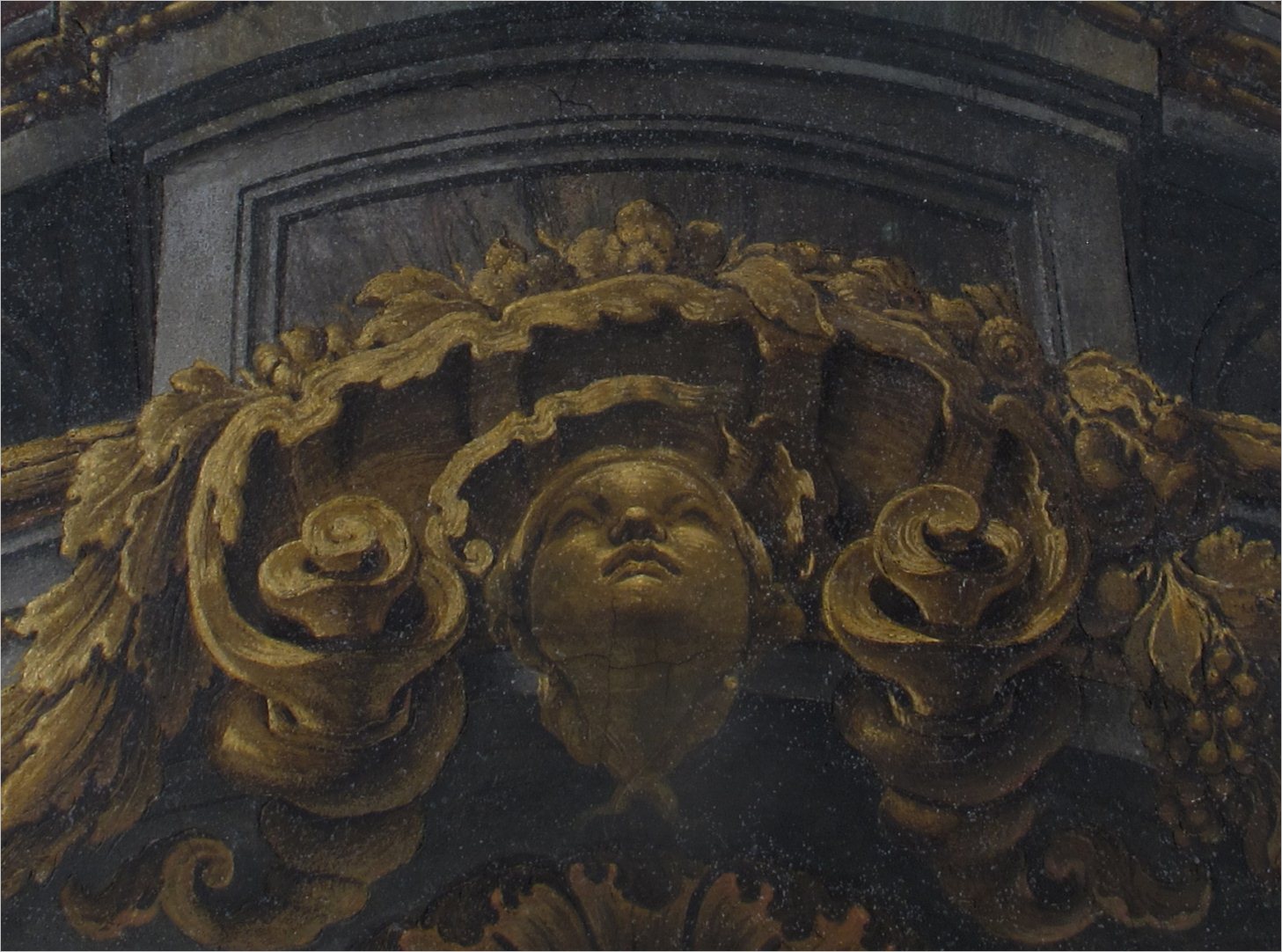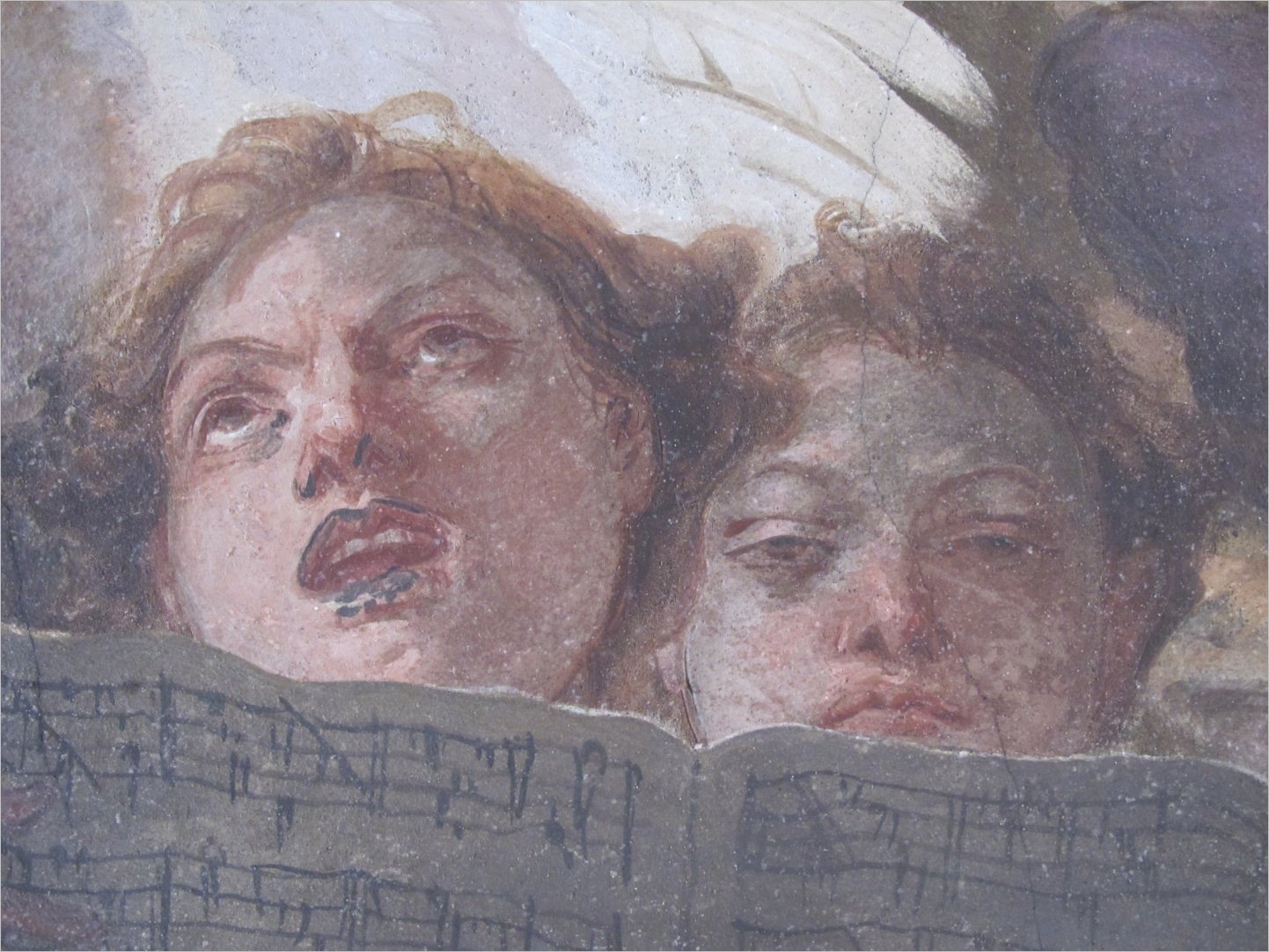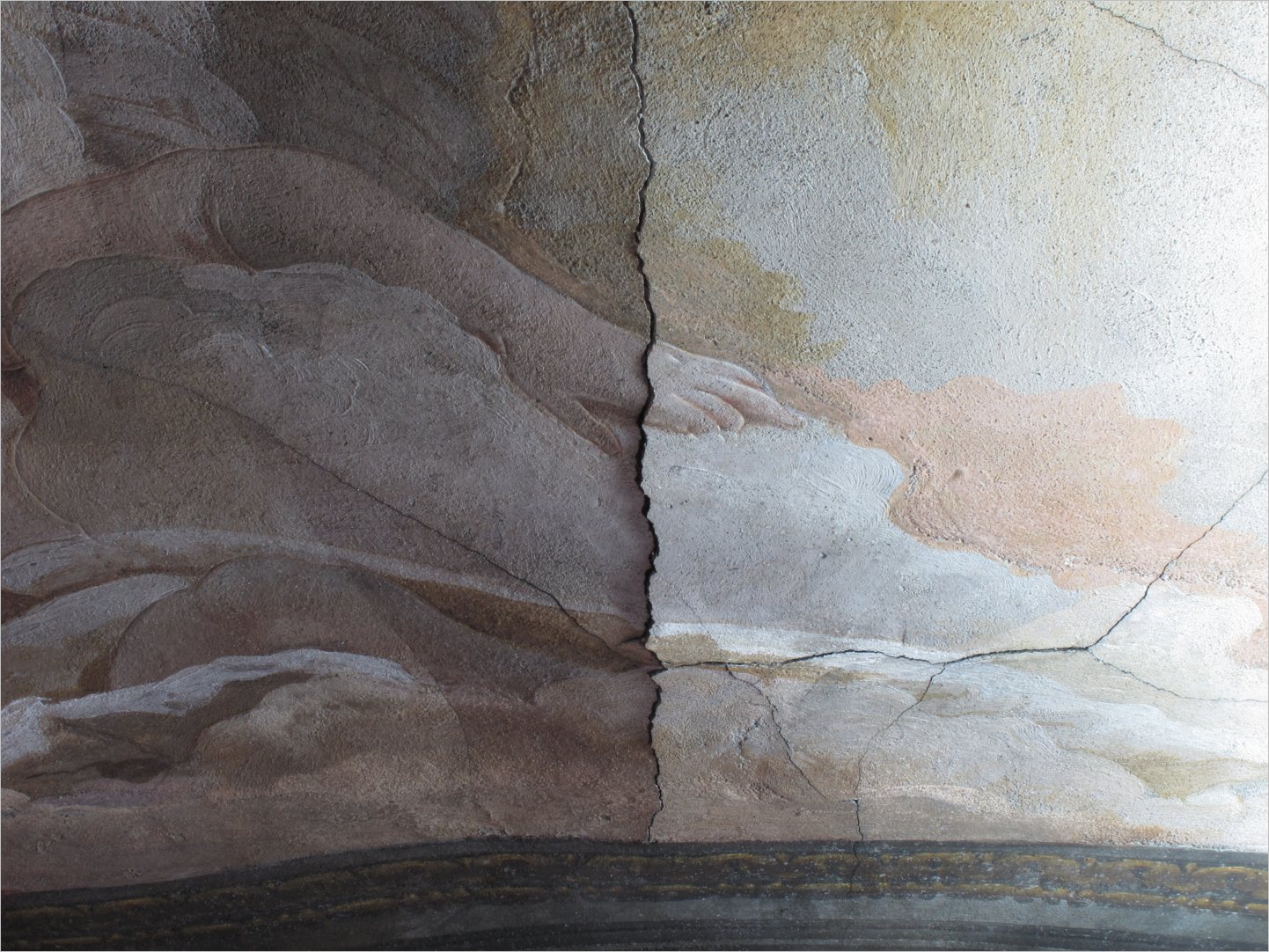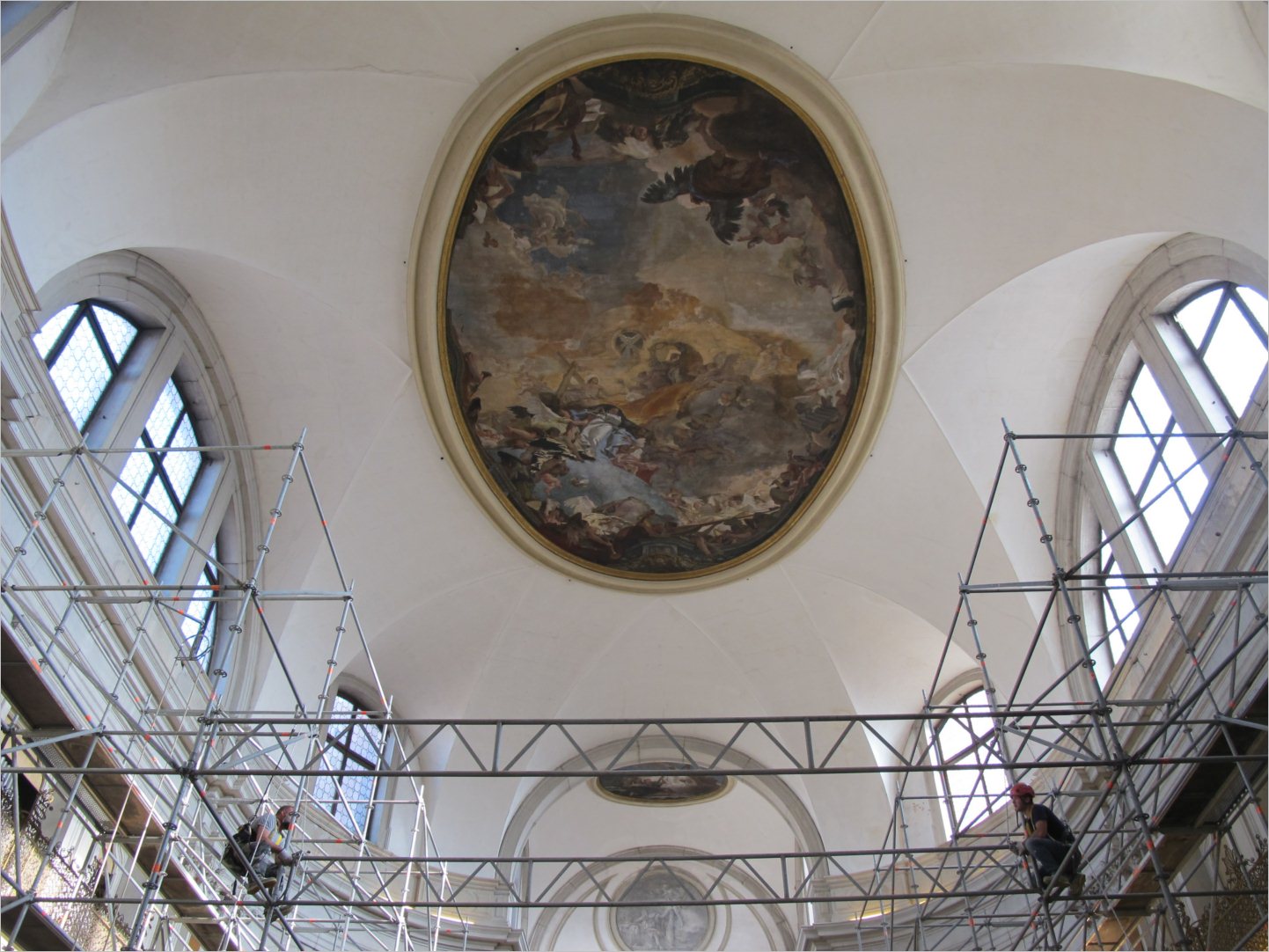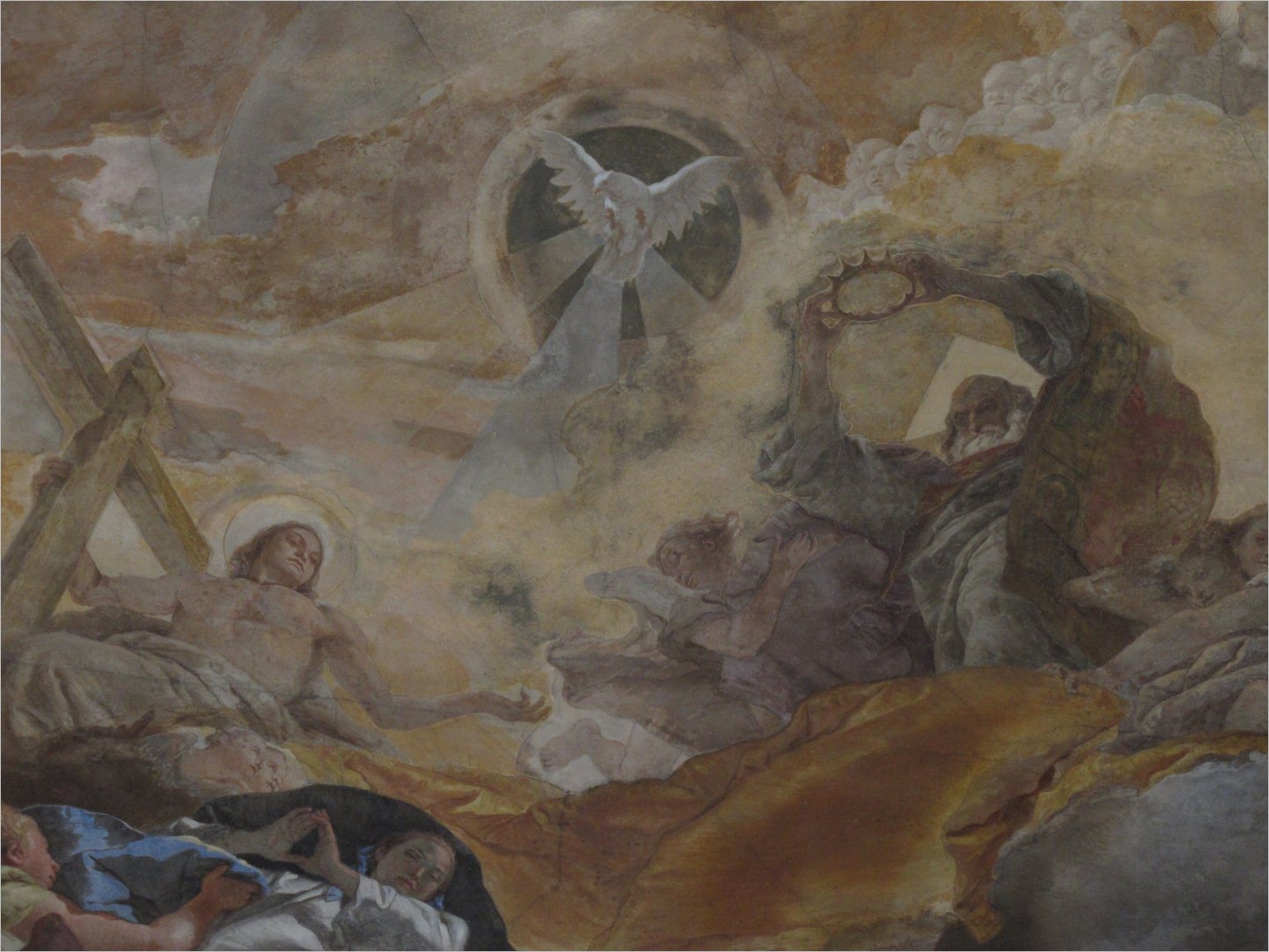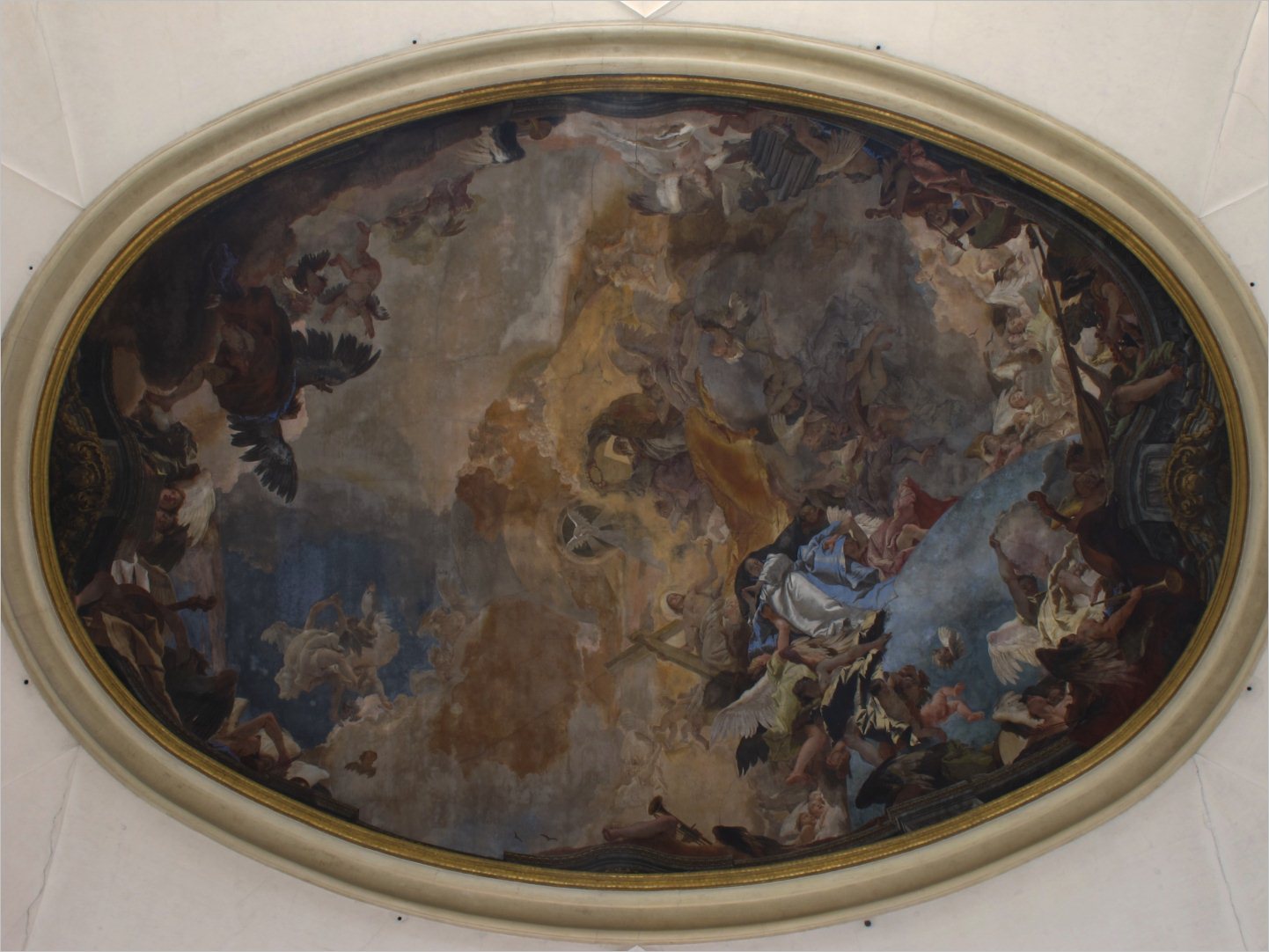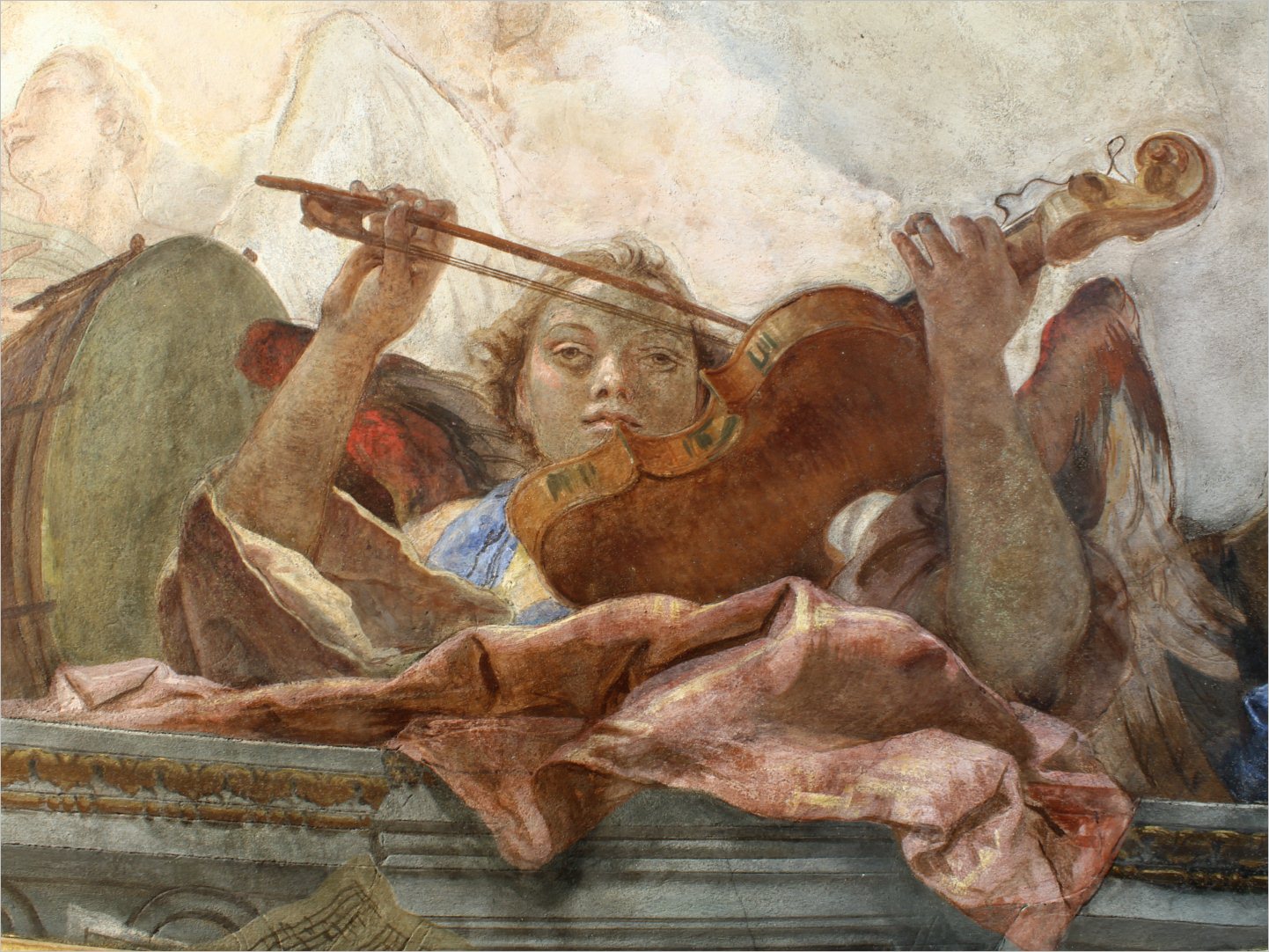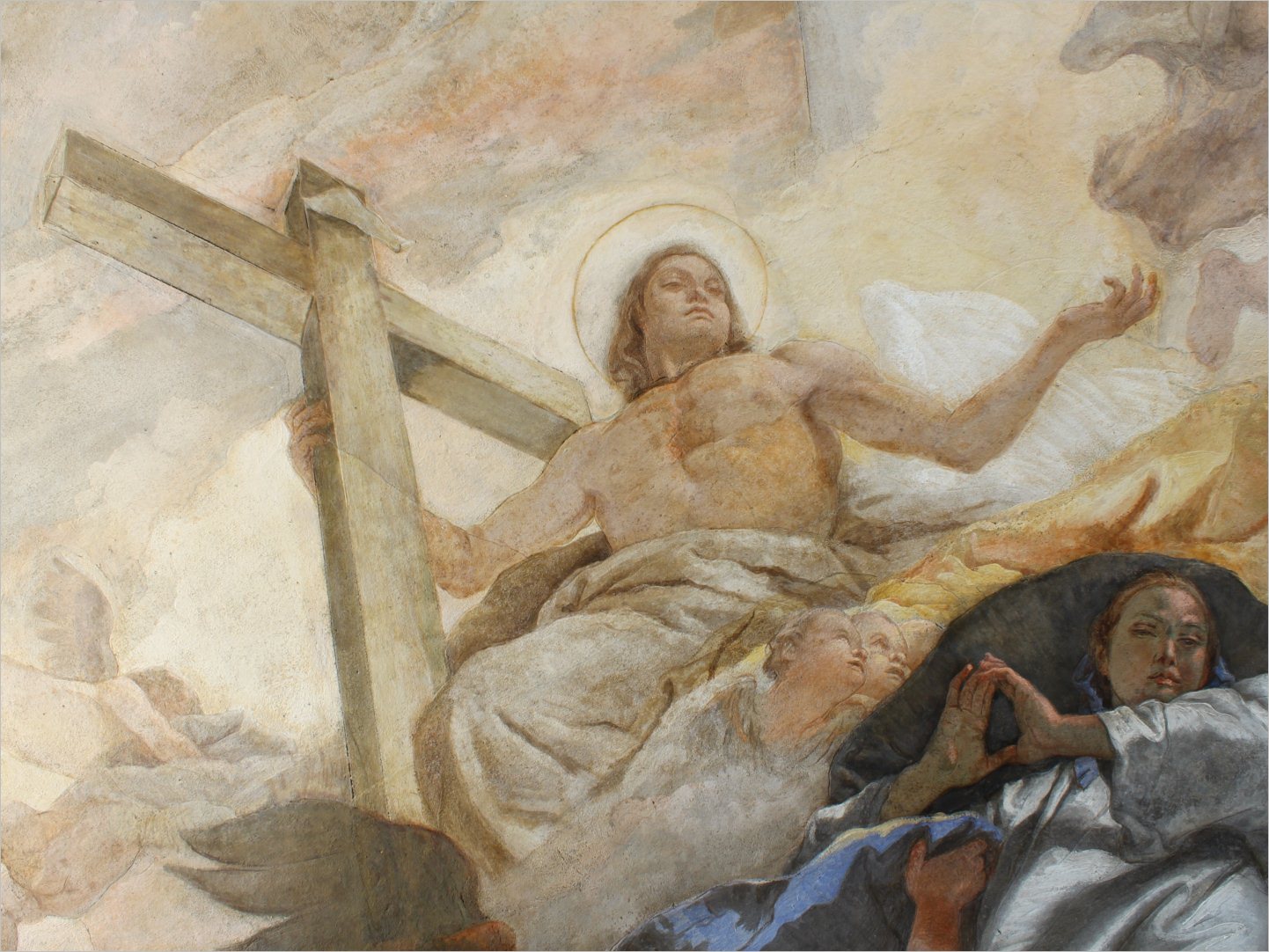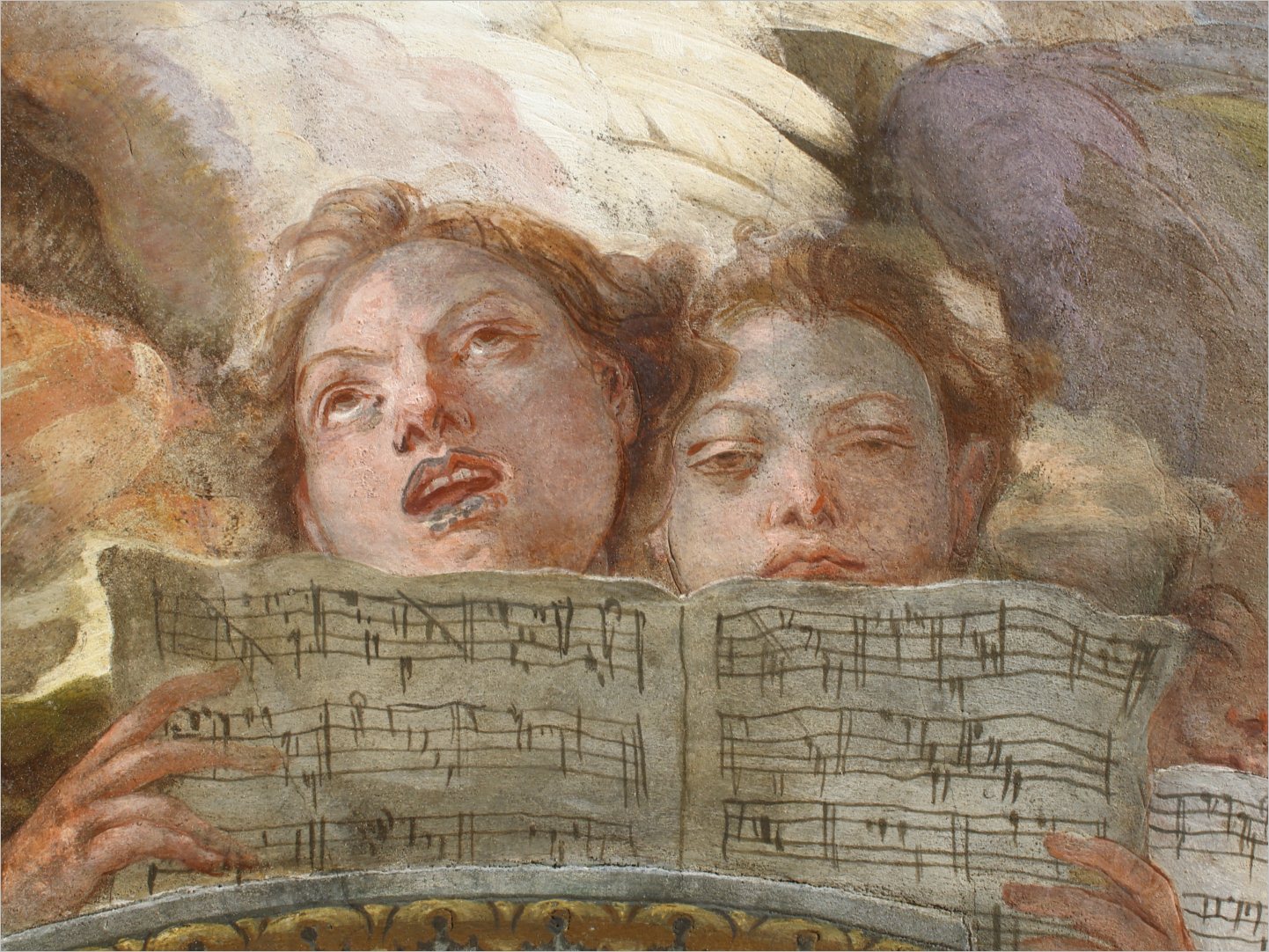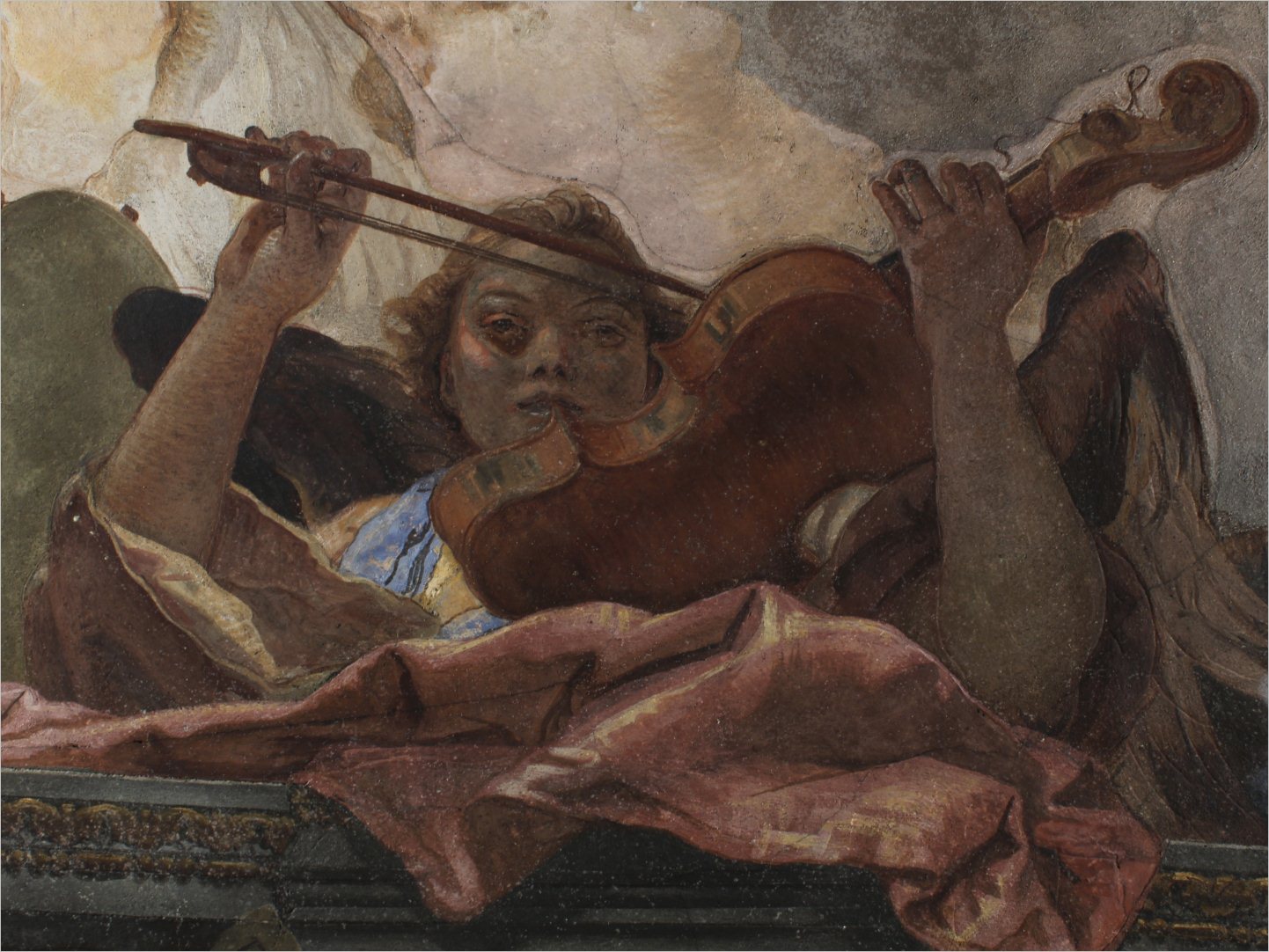Restoration – Riva degli Schiavoni, Veniceinfo@pasnet.it2016-09-29T22:54:03+02:00
Historical note
Santa Maria della Pieta’ Church located in Castello area was built under the project of Giorgio Massari, at the beginning of XVIII Century. In the 1744 the works start and end in the 1760, the building was designed to have a double function as church and as concert hall. This particular function gave to the church a big notoriety due to the fact that was between the biggest space dedicated to music in the city of Venice. In the 1797 the Institution of Pieta’ Hospital was in difficulties and the façade remain unfinished. Only in the 1906 the works were terminated under the
original project of Massari, the only variation was the central marble cross instead of three statues, one in the center and two on each side.
Inside there are three frescos by Giovanni Battista Tiepolo and the altarpiece by Giambattista Piazzetta e Giuseppe Angeli.
In the 1754 Tiepolo receive the commission to paint three frescos one for the central oval ceiling of the Church space, with the theme of the in coronation of Immaculate Maria. The frescos were finished in only 80 working days.
Restoration in partnership with Gerso – restauro opere d’arte
The first step was to prepare a 3D laser scan precision survey on which was based all the studies for the methodology of surface conservation of the façade.
Some deeper test was done in laboratory from micro sample taken from the building, this in order to control the reaction of the material under the planned restoration process. The conservation aim to remove only the layers that was the alteration of materials and not compatible with the stone that could be cause of more degeneration with time, maintaining the visual material perception of the monument. In this case consolidation of stone façade was a paramount and the grouting with a final chromatic match and protection to slow done the future corrosion. Gian Battista Tiepolo frescos – The first part of the restoration process started with an analytic survey to understand the existing art work , with the structural support of the vault and the understanding of the main alteration and decay of the materials.
After the survey result was clear that the main alteration were given by the huge presence of chemical agent to fix colour used extensively during the last restoration, this was creating a transparent layer that was altering colour and lines, like the rose and red of most of the skin colour of the figures. There were some little detachment also due to the movement of the support structure, and a main one with a crack that was compromising the stability of a huge area of the fresco.
The aim of the restoration was to give back the right colour shade and tone to the fresco as it was originally with the removal of the old applied resin using Japanese paper soaked in organic solvent and using the retouch of watercolour in the damaged points. Injection of mortar and fiberglass structure where needed to fix the large instability and detached area.






